Эдвард Мунк-норвежский художник Norwegian painter Edward Munch 1863-1944
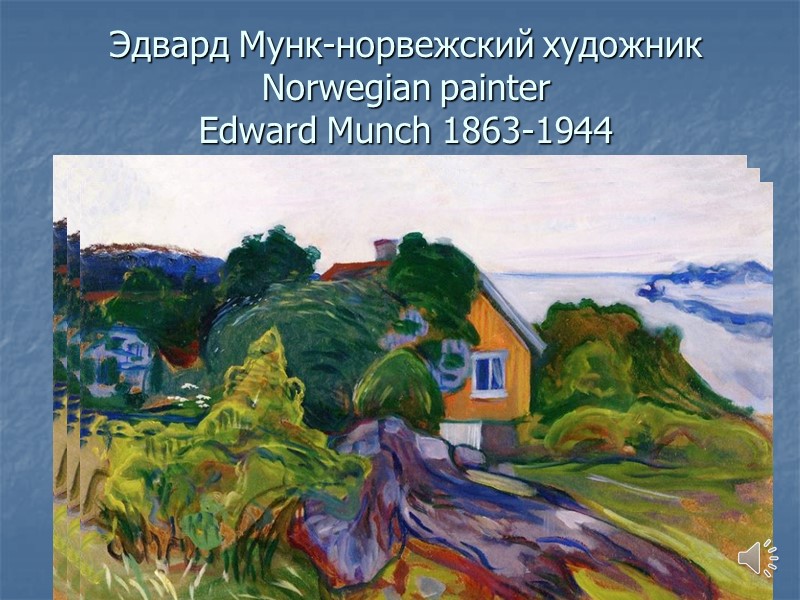
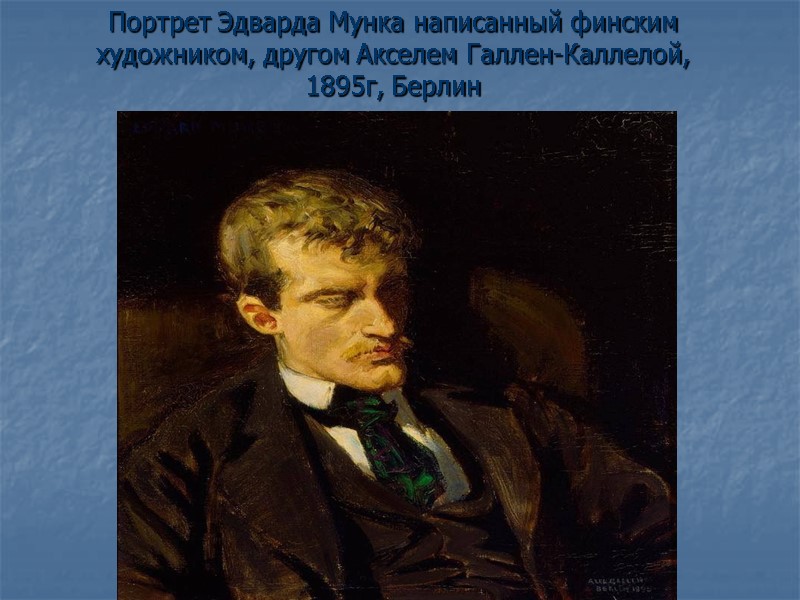
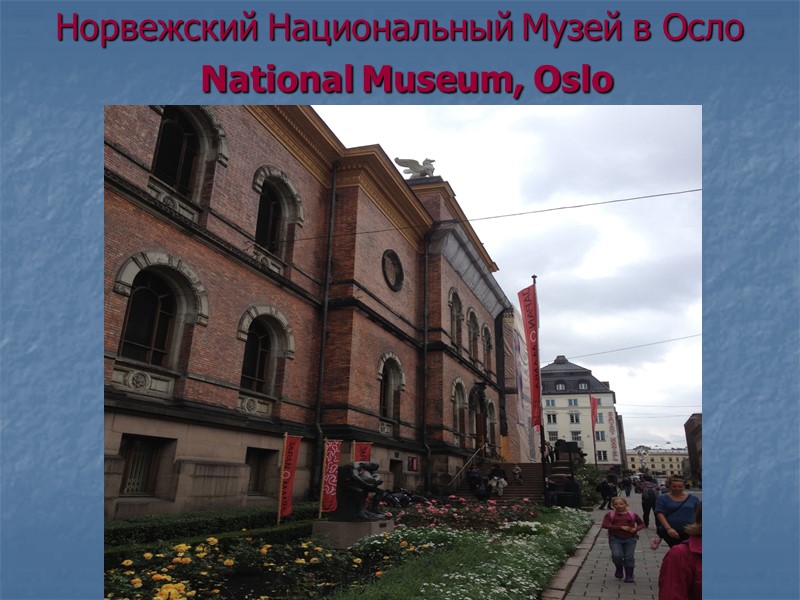
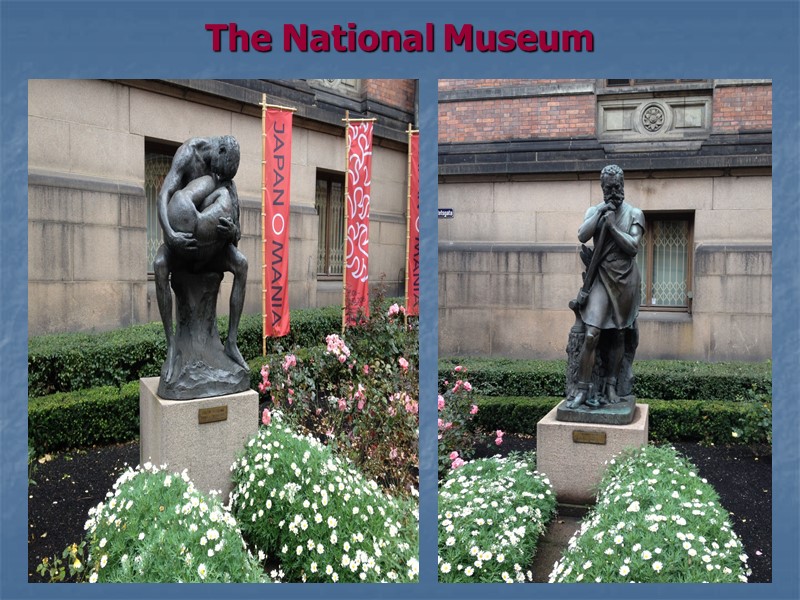
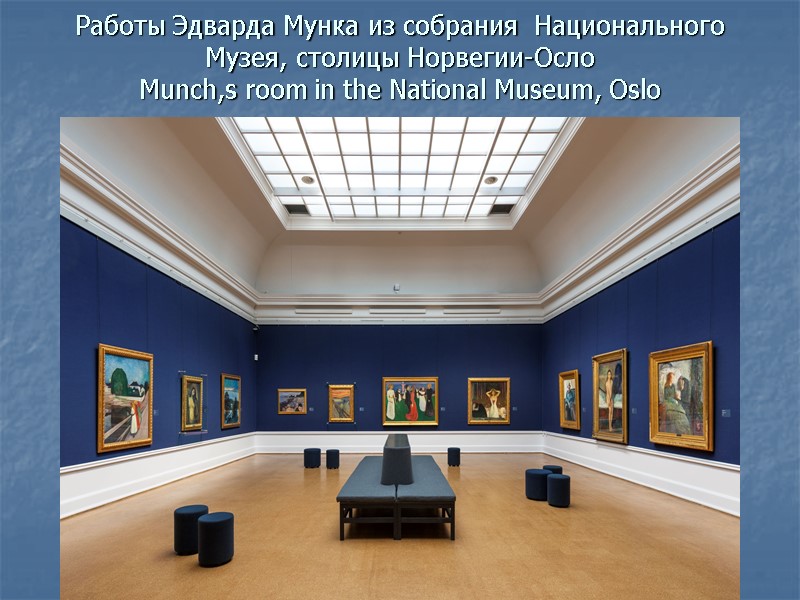
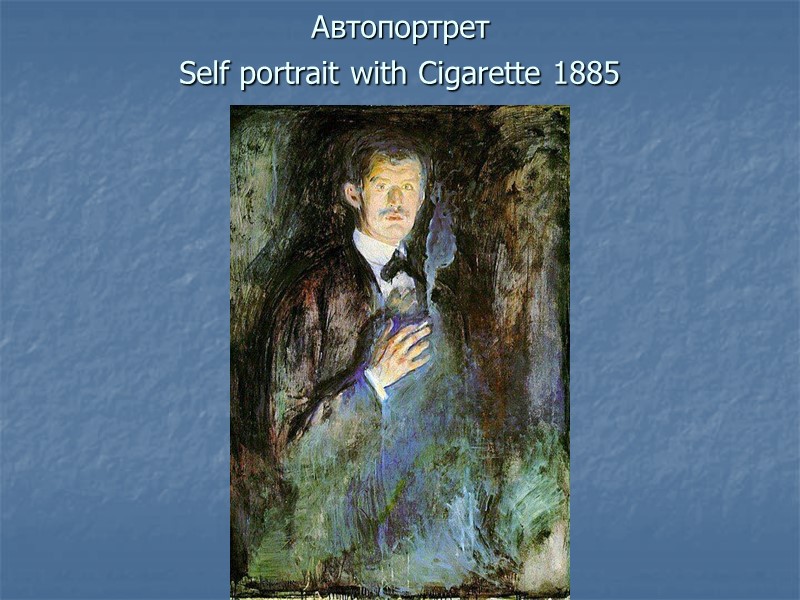
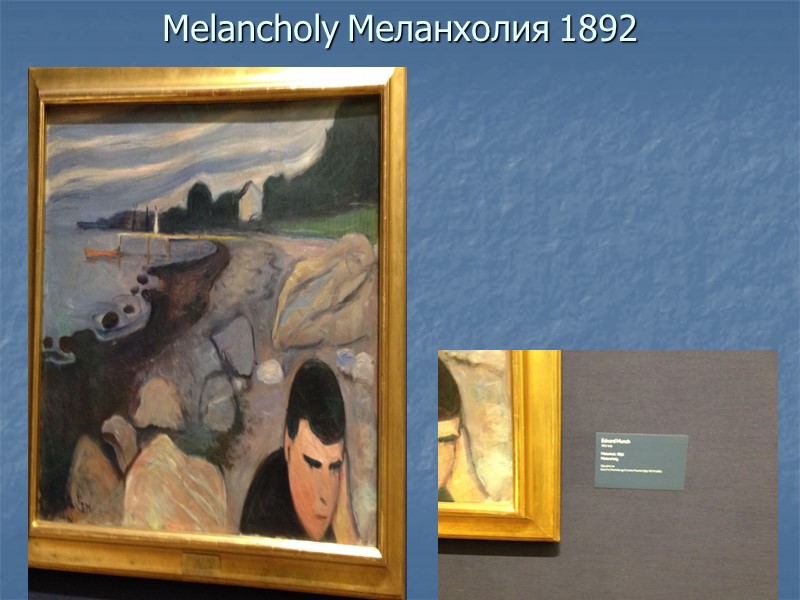
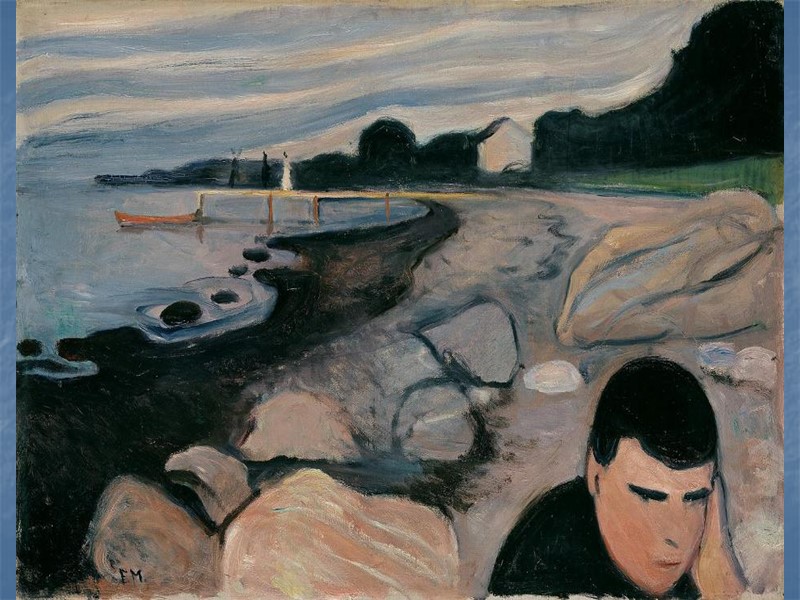
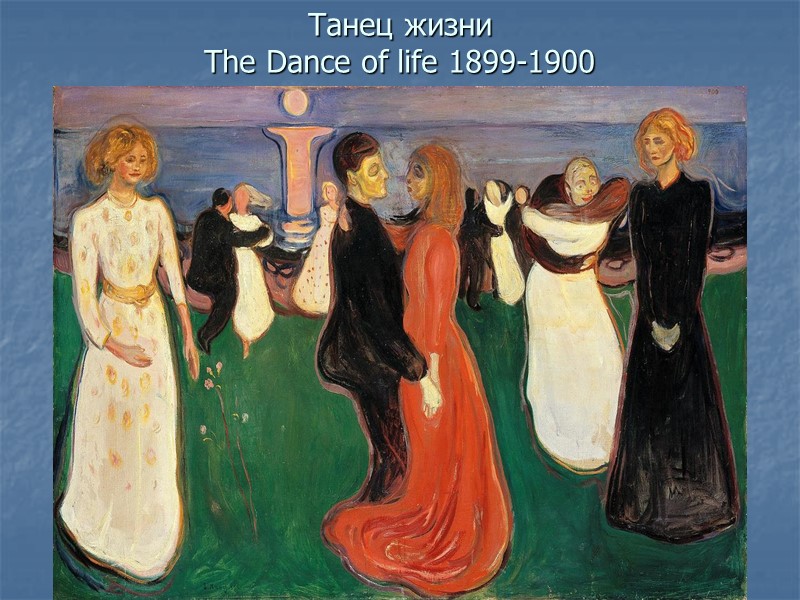
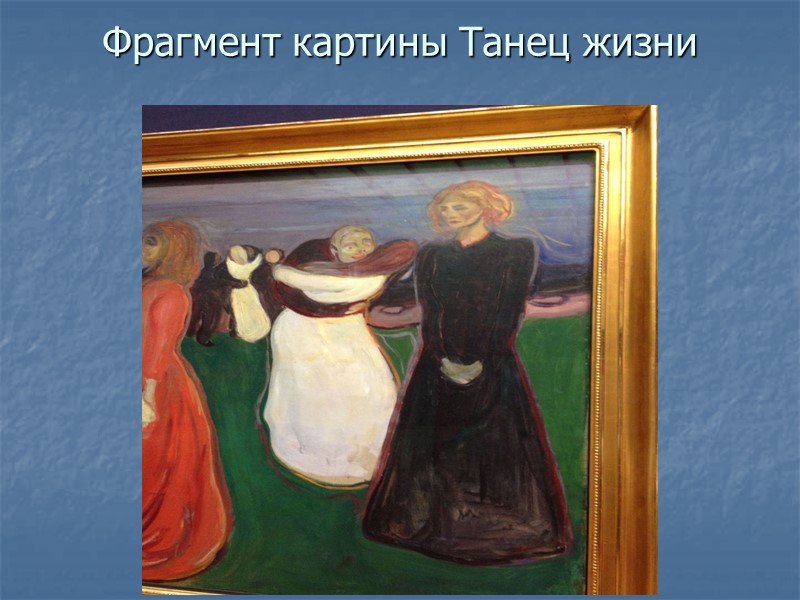
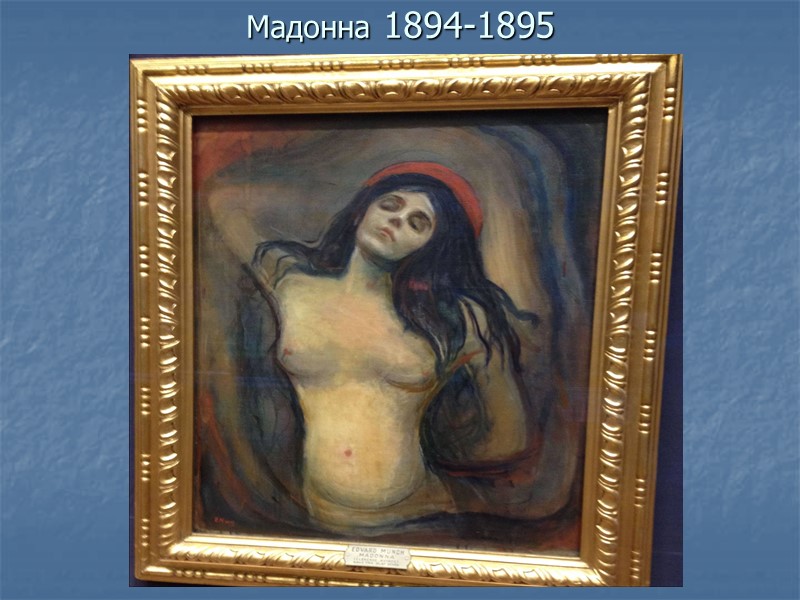
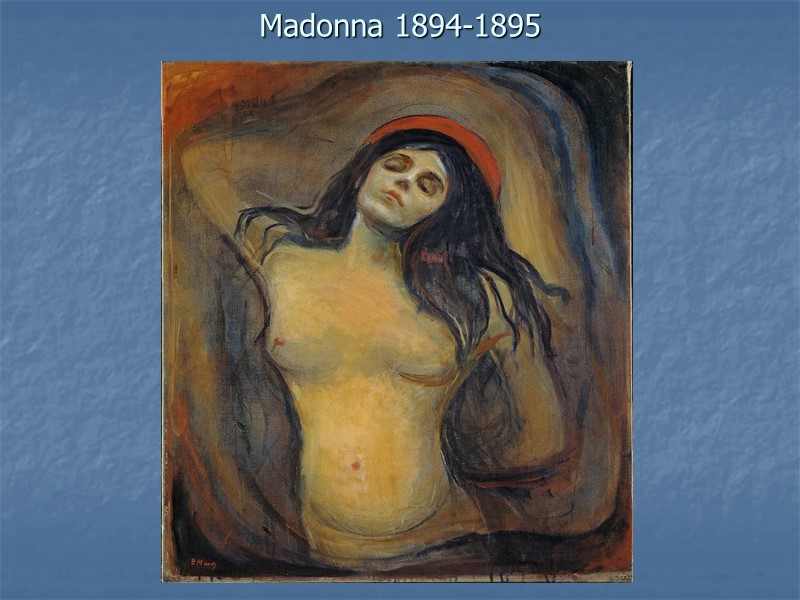
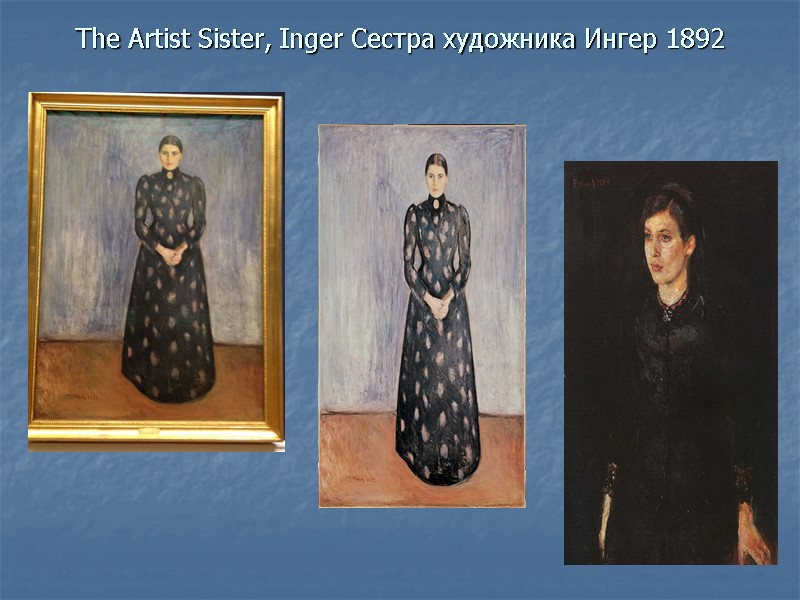
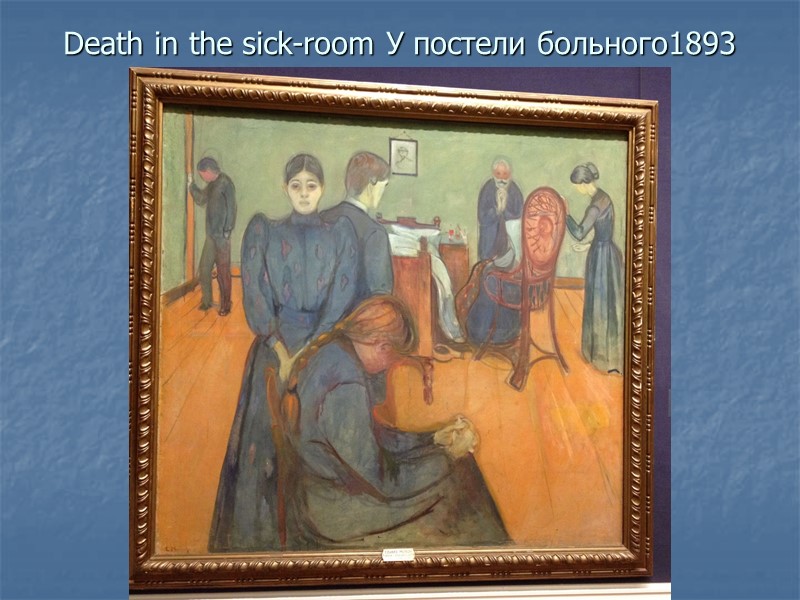
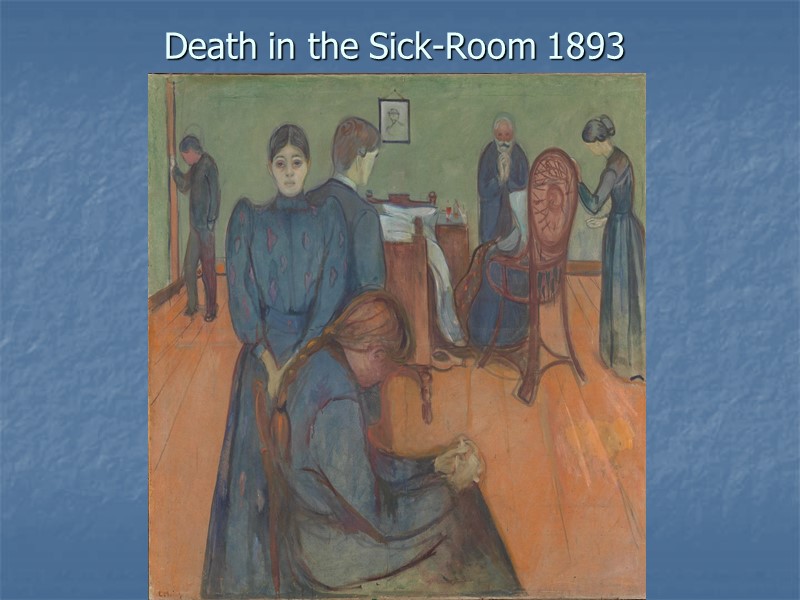
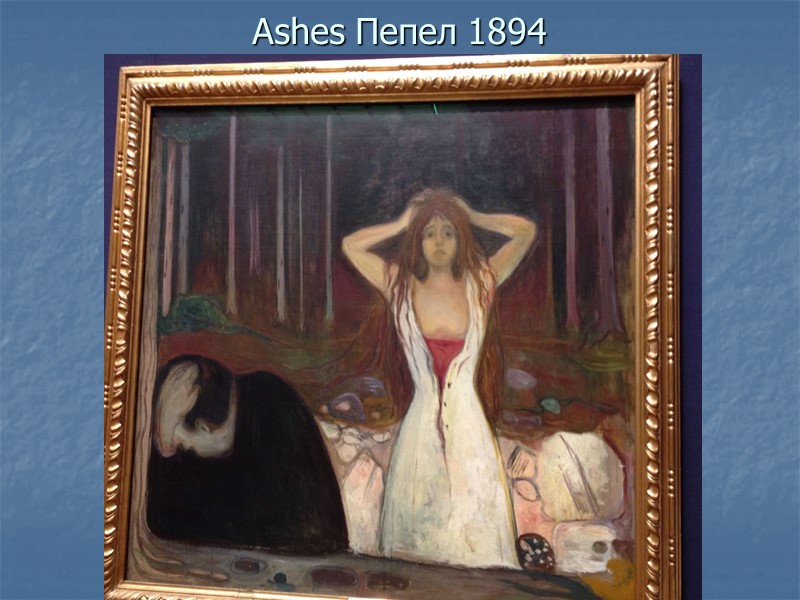
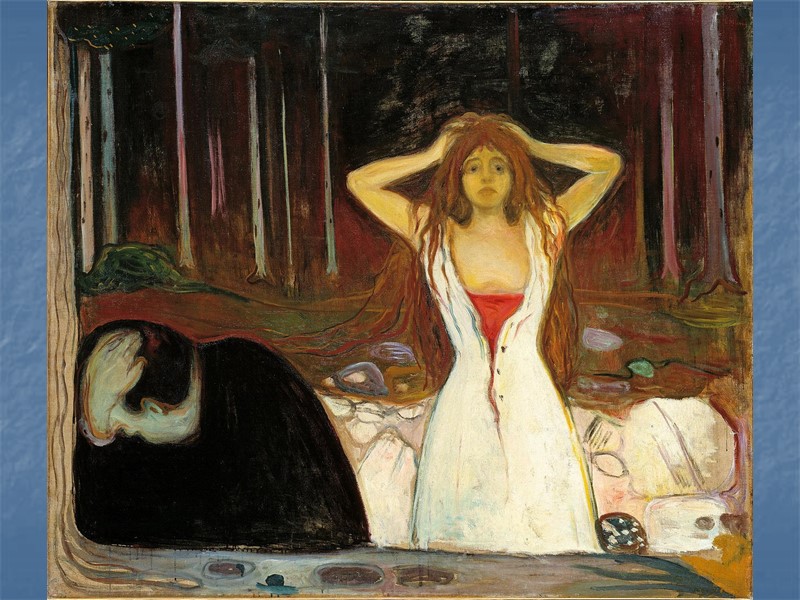
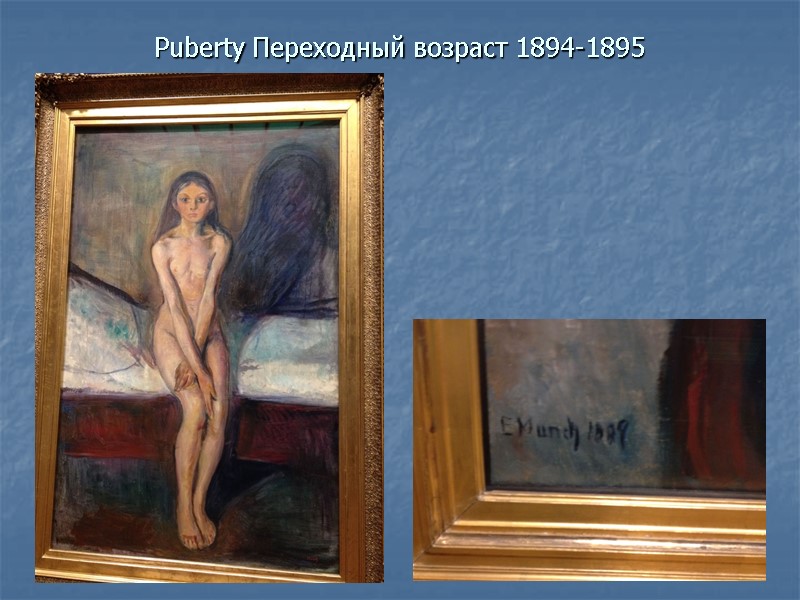
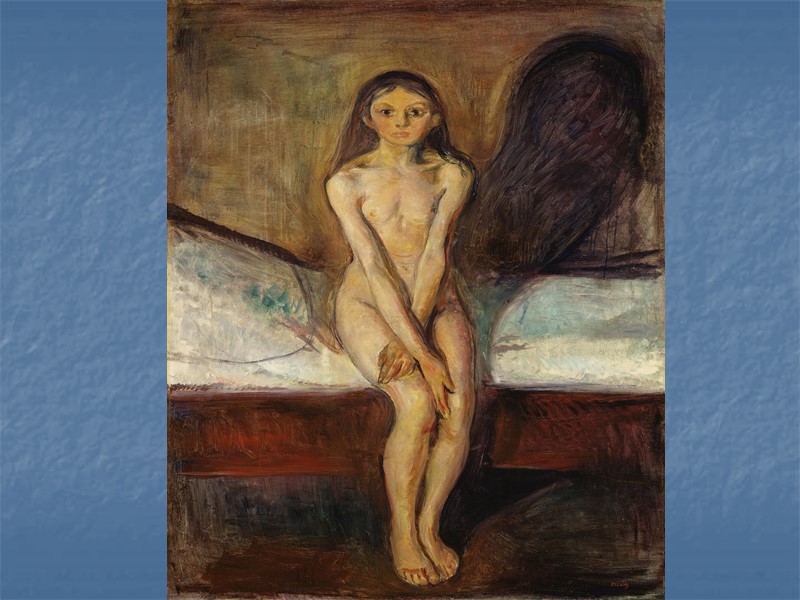
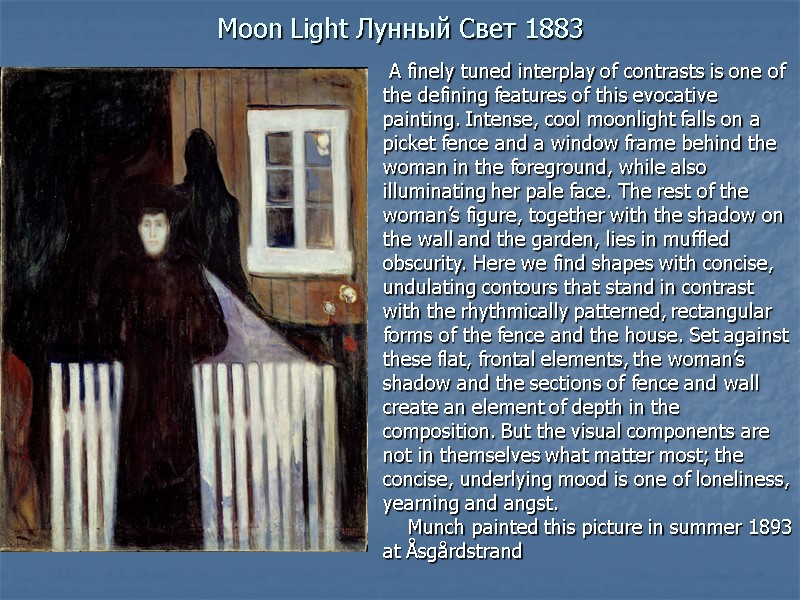
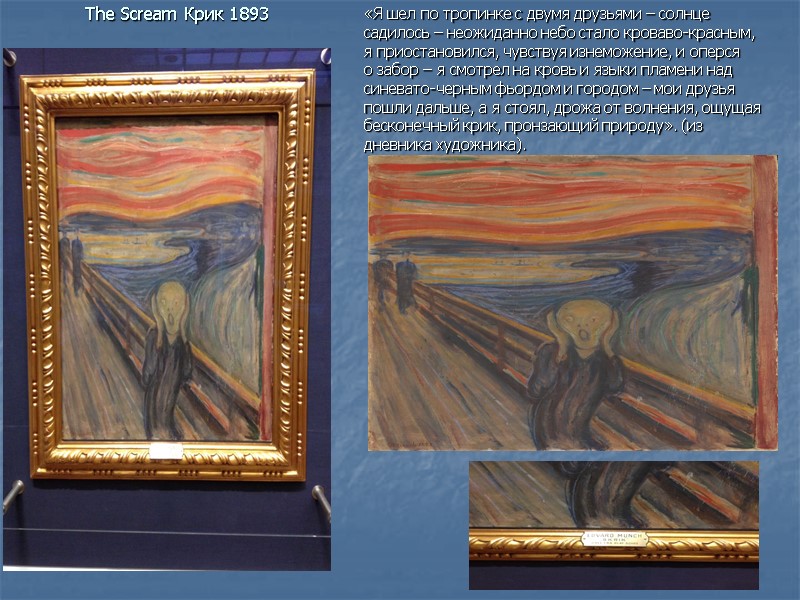
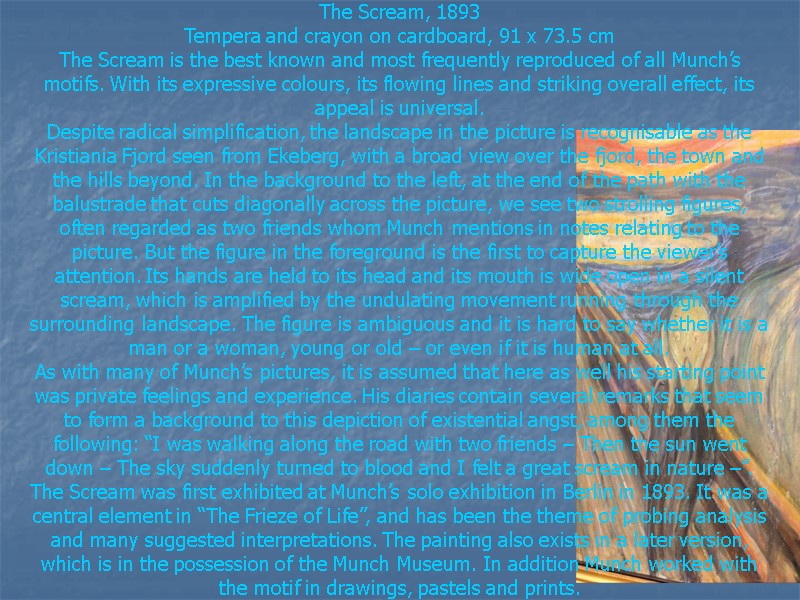
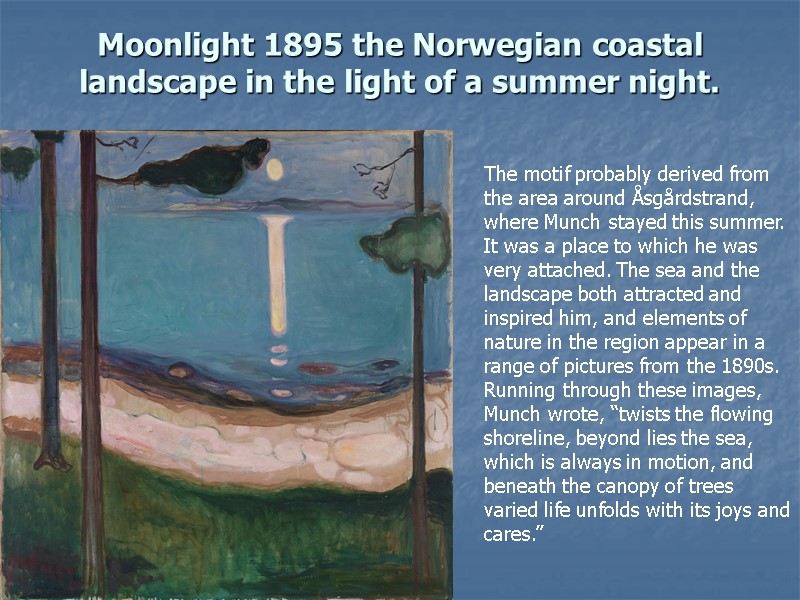
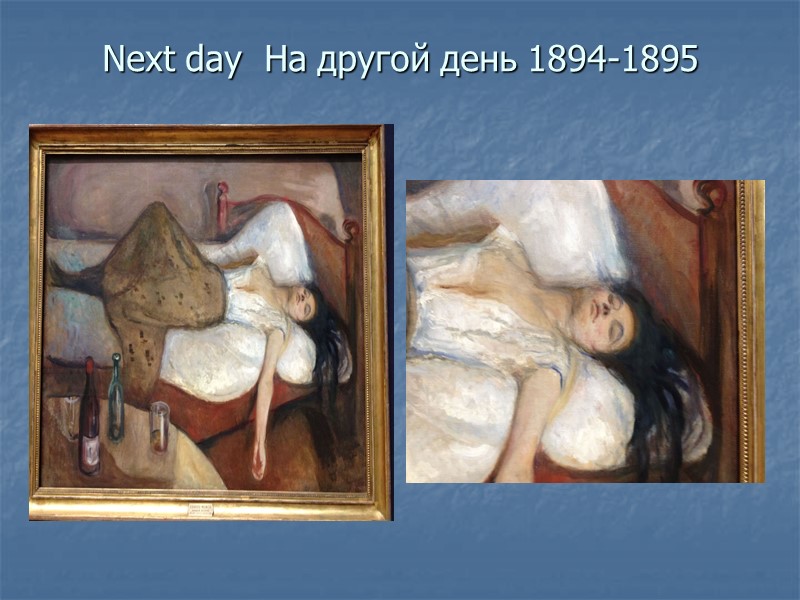

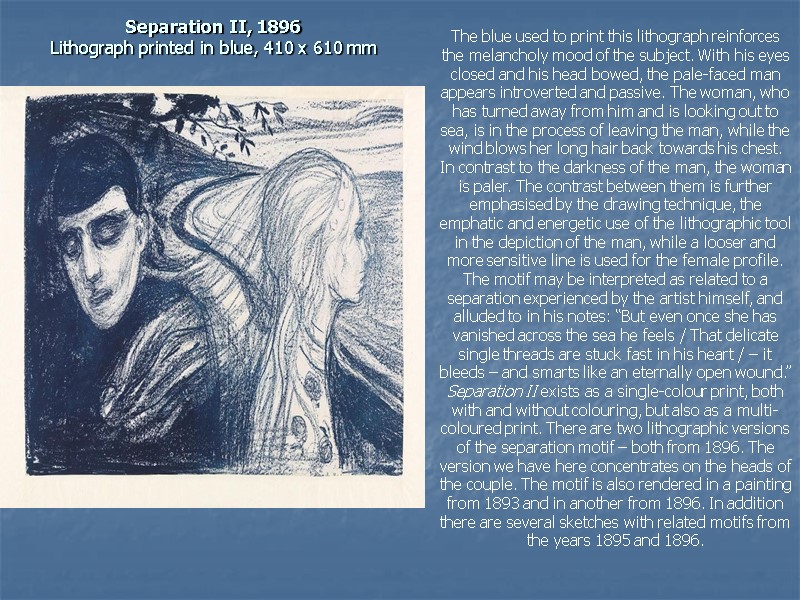
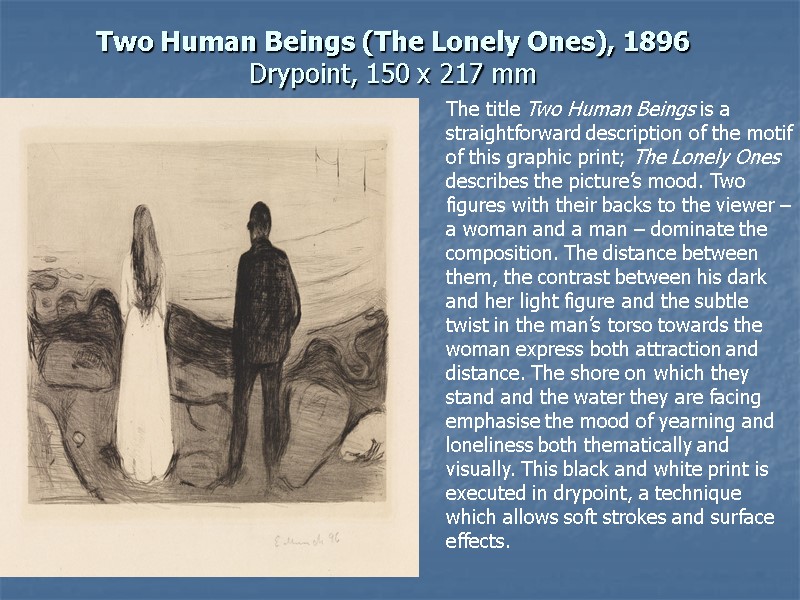
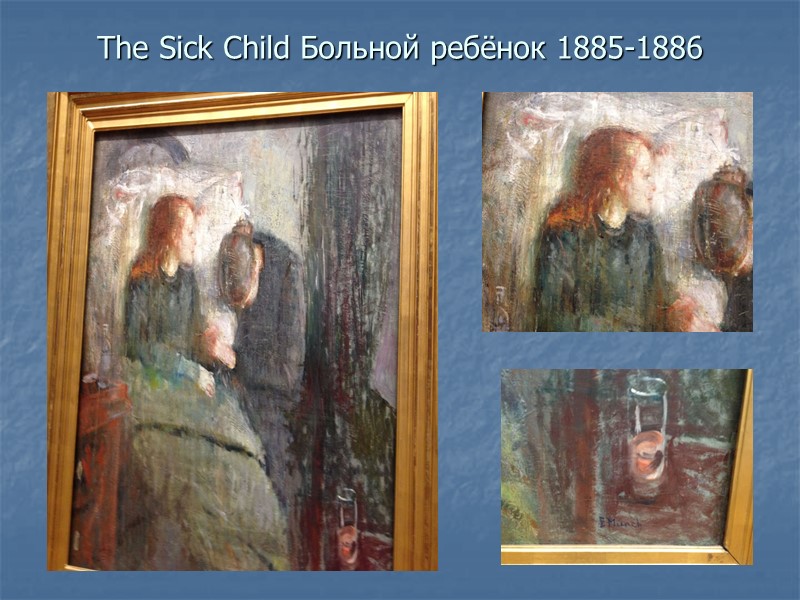

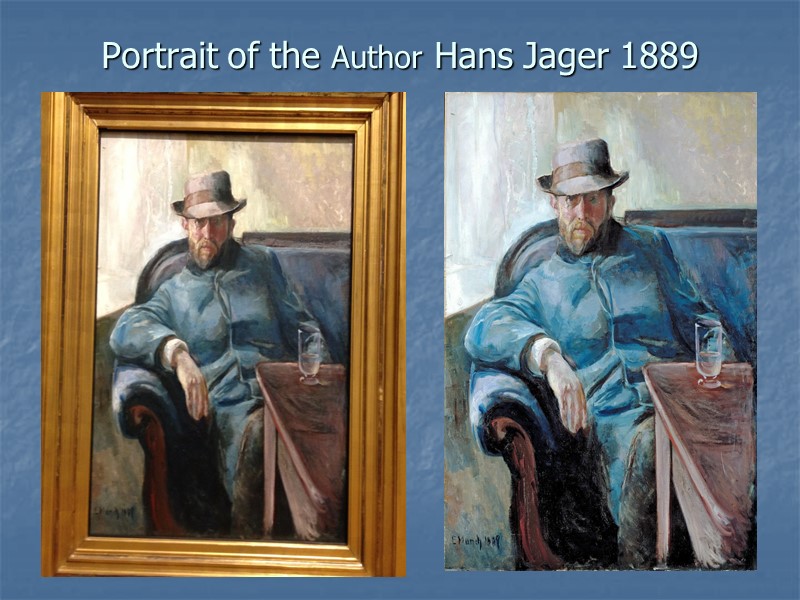
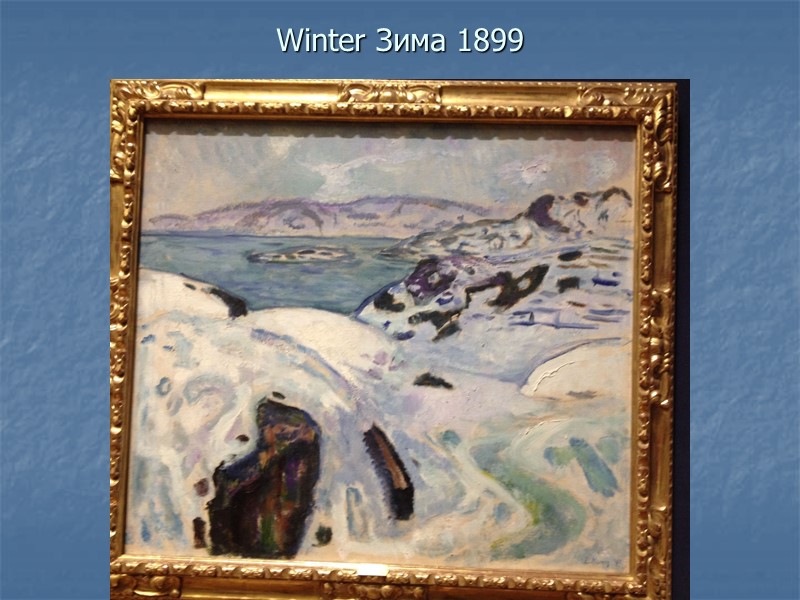
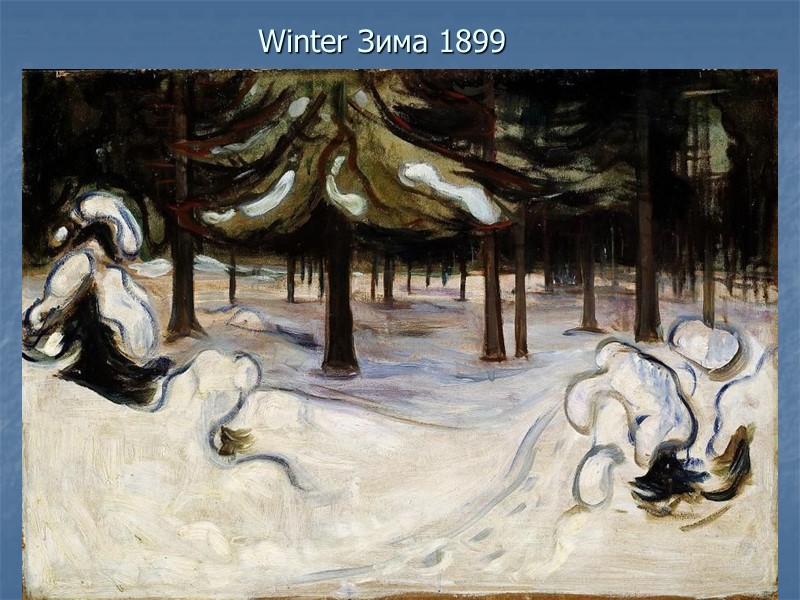
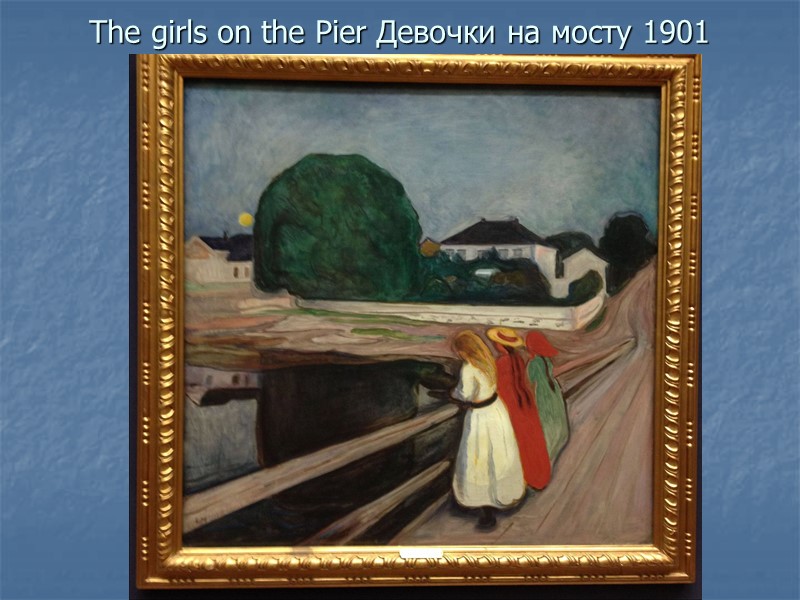
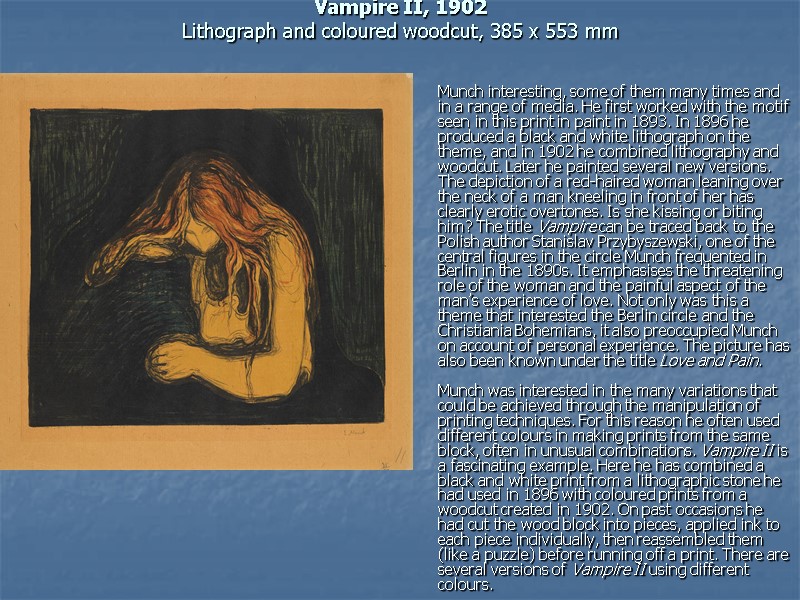
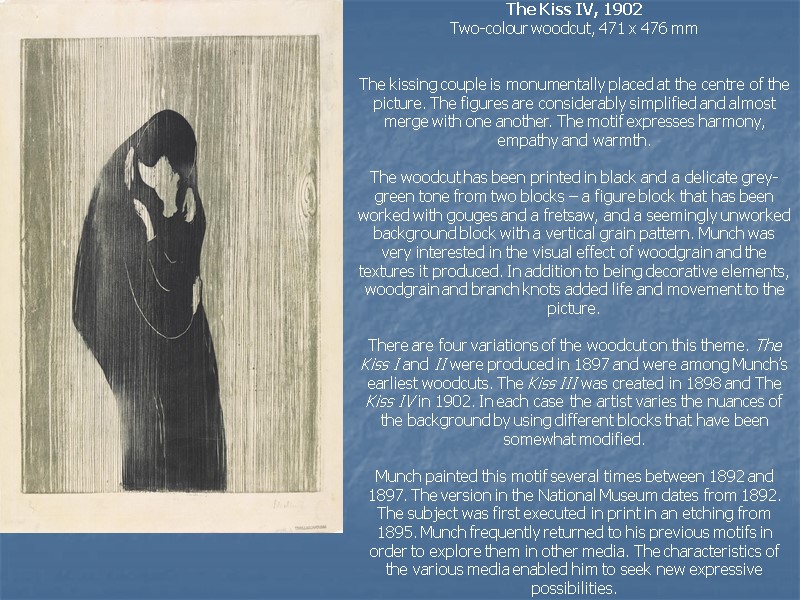
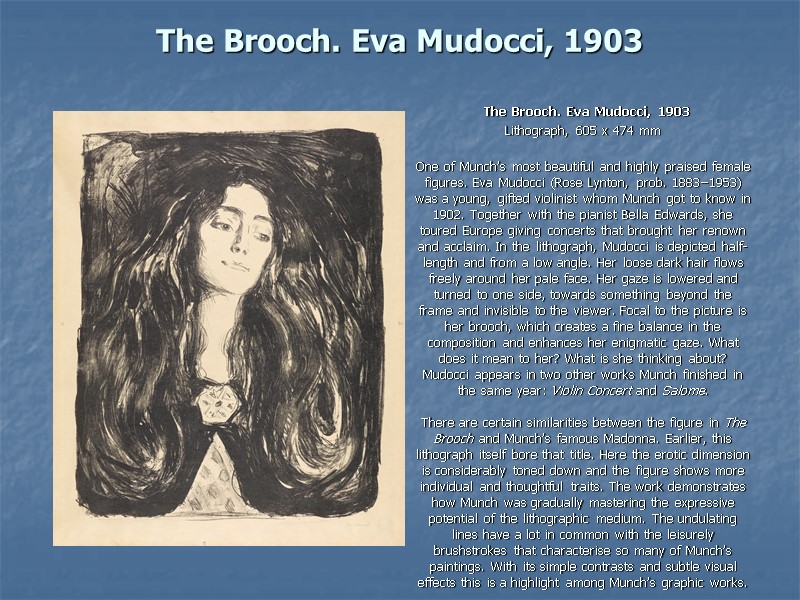
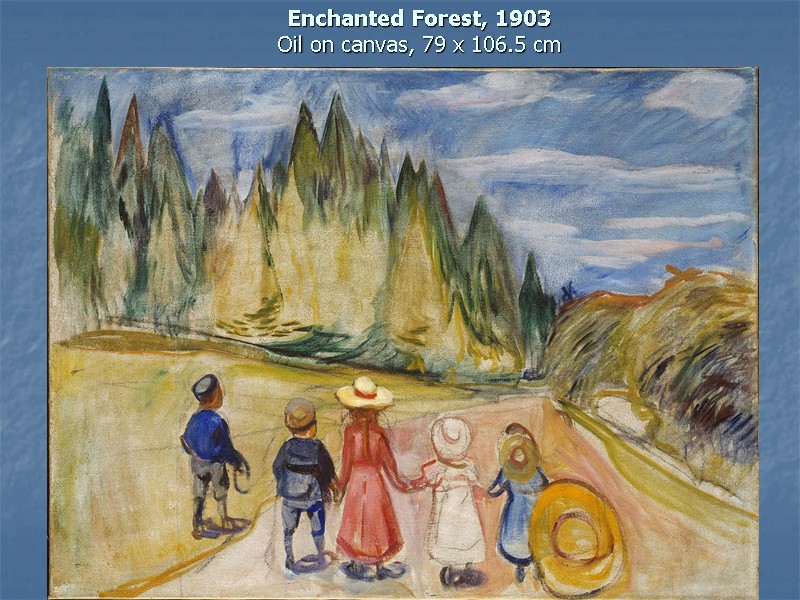
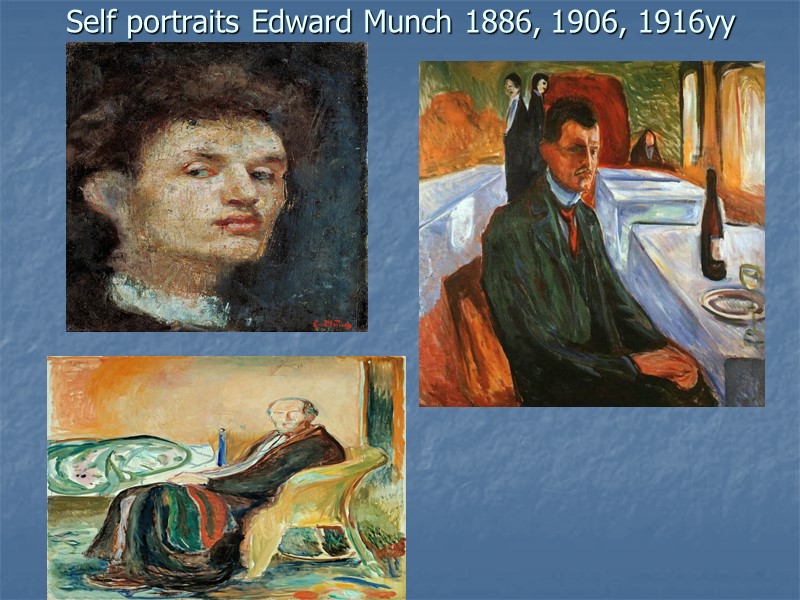
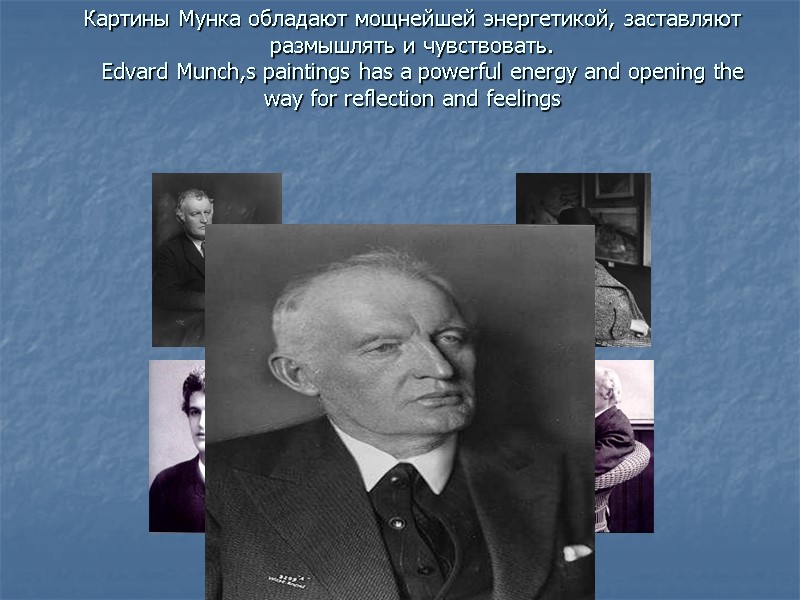
23996-posvyaschenie_edvardu_munku_edward_munch_1.ppt
- Количество слайдов: 39
 Эдвард Мунк-норвежский художник Norwegian painter Edward Munch 1863-1944
Эдвард Мунк-норвежский художник Norwegian painter Edward Munch 1863-1944
 Портрет Эдварда Мунка написанный финским художником, другом Акселем Галлен-Каллелой, 1895г, Берлин
Портрет Эдварда Мунка написанный финским художником, другом Акселем Галлен-Каллелой, 1895г, Берлин
 Норвежский Национальный Музей в Осло National Museum, Oslo
Норвежский Национальный Музей в Осло National Museum, Oslo
 The National Museum
The National Museum
 Работы Эдварда Мунка из собрания Национального Музея, столицы Норвегии-Осло Munch,s room in the National Museum, Oslo
Работы Эдварда Мунка из собрания Национального Музея, столицы Норвегии-Осло Munch,s room in the National Museum, Oslo
 Автопортрет Self portrait with Cigarette 1885
Автопортрет Self portrait with Cigarette 1885
 Melancholy Меланхолия 1892
Melancholy Меланхолия 1892

 Танец жизни The Dance of life 1899-1900
Танец жизни The Dance of life 1899-1900
 Фрагмент картины Танец жизни
Фрагмент картины Танец жизни
 Мадонна 1894-1895
Мадонна 1894-1895
 Madonna 1894-1895
Madonna 1894-1895
 The Artist Sister, Inger Сестра художника Ингер 1892
The Artist Sister, Inger Сестра художника Ингер 1892
 Death in the sick-room У постели больного1893
Death in the sick-room У постели больного1893
 Death in the Sick-Room 1893
Death in the Sick-Room 1893
 Ashes Пепел 1894
Ashes Пепел 1894

 Puberty Переходный возраст 1894-1895
Puberty Переходный возраст 1894-1895

 Moon Light Лунный Свет 1883 A finely tuned interplay of contrasts is one of the defining features of this evocative painting. Intense, cool moonlight falls on a picket fence and a window frame behind the woman in the foreground, while also illuminating her pale face. The rest of the woman’s figure, together with the shadow on the wall and the garden, lies in muffled obscurity. Here we find shapes with concise, undulating contours that stand in contrast with the rhythmically patterned, rectangular forms of the fence and the house. Set against these flat, frontal elements, the woman’s shadow and the sections of fence and wall create an element of depth in the composition. But the visual components are not in themselves what matter most; the concise, underlying mood is one of loneliness, yearning and angst. Munch painted this picture in summer 1893 at Åsgårdstrand
Moon Light Лунный Свет 1883 A finely tuned interplay of contrasts is one of the defining features of this evocative painting. Intense, cool moonlight falls on a picket fence and a window frame behind the woman in the foreground, while also illuminating her pale face. The rest of the woman’s figure, together with the shadow on the wall and the garden, lies in muffled obscurity. Here we find shapes with concise, undulating contours that stand in contrast with the rhythmically patterned, rectangular forms of the fence and the house. Set against these flat, frontal elements, the woman’s shadow and the sections of fence and wall create an element of depth in the composition. But the visual components are not in themselves what matter most; the concise, underlying mood is one of loneliness, yearning and angst. Munch painted this picture in summer 1893 at Åsgårdstrand
 The Scream Крик 1893 «Я шел по тропинке с двумя друзьями – солнце садилось – неожиданно небо стало кроваво-красным, я приостановился, чувствуя изнеможение, и оперся о забор – я смотрел на кровь и языки пламени над синевато-черным фьордом и городом – мои друзья пошли дальше, а я стоял, дрожа от волнения, ощущая бесконечный крик, пронзающий природу». (из дневника художника).
The Scream Крик 1893 «Я шел по тропинке с двумя друзьями – солнце садилось – неожиданно небо стало кроваво-красным, я приостановился, чувствуя изнеможение, и оперся о забор – я смотрел на кровь и языки пламени над синевато-черным фьордом и городом – мои друзья пошли дальше, а я стоял, дрожа от волнения, ощущая бесконечный крик, пронзающий природу». (из дневника художника).
 The Scream, 1893 Tempera and crayon on cardboard, 91 x 73.5 cm The Scream is the best known and most frequently reproduced of all Munch’s motifs. With its expressive colours, its flowing lines and striking overall effect, its appeal is universal. Despite radical simplification, the landscape in the picture is recognisable as the Kristiania Fjord seen from Ekeberg, with a broad view over the fjord, the town and the hills beyond. In the background to the left, at the end of the path with the balustrade that cuts diagonally across the picture, we see two strolling figures, often regarded as two friends whom Munch mentions in notes relating to the picture. But the figure in the foreground is the first to capture the viewer’s attention. Its hands are held to its head and its mouth is wide open in a silent scream, which is amplified by the undulating movement running through the surrounding landscape. The figure is ambiguous and it is hard to say whether it is a man or a woman, young or old – or even if it is human at all. As with many of Munch’s pictures, it is assumed that here as well his starting point was private feelings and experience. His diaries contain several remarks that seem to form a background to this depiction of existential angst, among them the following: “I was walking along the road with two friends – Then the sun went down – The sky suddenly turned to blood and I felt a great scream in nature –”. The Scream was first exhibited at Munch’s solo exhibition in Berlin in 1893. It was a central element in “The Frieze of Life”, and has been the theme of probing analysis and many suggested interpretations. The painting also exists in a later version, which is in the possession of the Munch Museum. In addition Munch worked with the motif in drawings, pastels and prints.
The Scream, 1893 Tempera and crayon on cardboard, 91 x 73.5 cm The Scream is the best known and most frequently reproduced of all Munch’s motifs. With its expressive colours, its flowing lines and striking overall effect, its appeal is universal. Despite radical simplification, the landscape in the picture is recognisable as the Kristiania Fjord seen from Ekeberg, with a broad view over the fjord, the town and the hills beyond. In the background to the left, at the end of the path with the balustrade that cuts diagonally across the picture, we see two strolling figures, often regarded as two friends whom Munch mentions in notes relating to the picture. But the figure in the foreground is the first to capture the viewer’s attention. Its hands are held to its head and its mouth is wide open in a silent scream, which is amplified by the undulating movement running through the surrounding landscape. The figure is ambiguous and it is hard to say whether it is a man or a woman, young or old – or even if it is human at all. As with many of Munch’s pictures, it is assumed that here as well his starting point was private feelings and experience. His diaries contain several remarks that seem to form a background to this depiction of existential angst, among them the following: “I was walking along the road with two friends – Then the sun went down – The sky suddenly turned to blood and I felt a great scream in nature –”. The Scream was first exhibited at Munch’s solo exhibition in Berlin in 1893. It was a central element in “The Frieze of Life”, and has been the theme of probing analysis and many suggested interpretations. The painting also exists in a later version, which is in the possession of the Munch Museum. In addition Munch worked with the motif in drawings, pastels and prints.
 Moonlight 1895 the Norwegian coastal landscape in the light of a summer night. The motif probably derived from the area around Åsgårdstrand, where Munch stayed this summer. It was a place to which he was very attached. The sea and the landscape both attracted and inspired him, and elements of nature in the region appear in a range of pictures from the 1890s. Running through these images, Munch wrote, “twists the flowing shoreline, beyond lies the sea, which is always in motion, and beneath the canopy of trees varied life unfolds with its joys and cares.”
Moonlight 1895 the Norwegian coastal landscape in the light of a summer night. The motif probably derived from the area around Åsgårdstrand, where Munch stayed this summer. It was a place to which he was very attached. The sea and the landscape both attracted and inspired him, and elements of nature in the region appear in a range of pictures from the 1890s. Running through these images, Munch wrote, “twists the flowing shoreline, beyond lies the sea, which is always in motion, and beneath the canopy of trees varied life unfolds with its joys and cares.”
 Next day На другой день 1894-1895
Next day На другой день 1894-1895

 Separation II, 1896 Lithograph printed in blue, 410 x 610 mm The blue used to print this lithograph reinforces the melancholy mood of the subject. With his eyes closed and his head bowed, the pale-faced man appears introverted and passive. The woman, who has turned away from him and is looking out to sea, is in the process of leaving the man, while the wind blows her long hair back towards his chest. In contrast to the darkness of the man, the woman is paler. The contrast between them is further emphasised by the drawing technique, the emphatic and energetic use of the lithographic tool in the depiction of the man, while a looser and more sensitive line is used for the female profile. The motif may be interpreted as related to a separation experienced by the artist himself, and alluded to in his notes: “But even once she has vanished across the sea he feels / That delicate single threads are stuck fast in his heart / – it bleeds – and smarts like an eternally open wound.” Separation II exists as a single-colour print, both with and without colouring, but also as a multi-coloured print. There are two lithographic versions of the separation motif – both from 1896. The version we have here concentrates on the heads of the couple. The motif is also rendered in a painting from 1893 and in another from 1896. In addition there are several sketches with related motifs from the years 1895 and 1896.
Separation II, 1896 Lithograph printed in blue, 410 x 610 mm The blue used to print this lithograph reinforces the melancholy mood of the subject. With his eyes closed and his head bowed, the pale-faced man appears introverted and passive. The woman, who has turned away from him and is looking out to sea, is in the process of leaving the man, while the wind blows her long hair back towards his chest. In contrast to the darkness of the man, the woman is paler. The contrast between them is further emphasised by the drawing technique, the emphatic and energetic use of the lithographic tool in the depiction of the man, while a looser and more sensitive line is used for the female profile. The motif may be interpreted as related to a separation experienced by the artist himself, and alluded to in his notes: “But even once she has vanished across the sea he feels / That delicate single threads are stuck fast in his heart / – it bleeds – and smarts like an eternally open wound.” Separation II exists as a single-colour print, both with and without colouring, but also as a multi-coloured print. There are two lithographic versions of the separation motif – both from 1896. The version we have here concentrates on the heads of the couple. The motif is also rendered in a painting from 1893 and in another from 1896. In addition there are several sketches with related motifs from the years 1895 and 1896.
 Two Human Beings (The Lonely Ones), 1896 Drypoint, 150 x 217 mm The title Two Human Beings is a straightforward description of the motif of this graphic print; The Lonely Ones describes the picture’s mood. Two figures with their backs to the viewer – a woman and a man – dominate the composition. The distance between them, the contrast between his dark and her light figure and the subtle twist in the man’s torso towards the woman express both attraction and distance. The shore on which they stand and the water they are facing emphasise the mood of yearning and loneliness both thematically and visually. This black and white print is executed in drypoint, a technique which allows soft strokes and surface effects.
Two Human Beings (The Lonely Ones), 1896 Drypoint, 150 x 217 mm The title Two Human Beings is a straightforward description of the motif of this graphic print; The Lonely Ones describes the picture’s mood. Two figures with their backs to the viewer – a woman and a man – dominate the composition. The distance between them, the contrast between his dark and her light figure and the subtle twist in the man’s torso towards the woman express both attraction and distance. The shore on which they stand and the water they are facing emphasise the mood of yearning and loneliness both thematically and visually. This black and white print is executed in drypoint, a technique which allows soft strokes and surface effects.
 The Sick Child Больной ребёнок 1885-1886
The Sick Child Больной ребёнок 1885-1886

 Portrait of the Author Hans Jager 1889
Portrait of the Author Hans Jager 1889
 Winter Зима 1899
Winter Зима 1899
 Winter Зима 1899
Winter Зима 1899
 The girls on the Pier Девочки на мосту 1901
The girls on the Pier Девочки на мосту 1901
 Vampire II, 1902 Lithograph and coloured woodcut, 385 x 553 mm Munch interesting, some of them many times and in a range of media. He first worked with the motif seen in this print in paint in 1893. In 1896 he produced a black and white lithograph on the theme, and in 1902 he combined lithography and woodcut. Later he painted several new versions. The depiction of a red-haired woman leaning over the neck of a man kneeling in front of her has clearly erotic overtones. Is she kissing or biting him? The title Vampire can be traced back to the Polish author Stanislav Przybyszewski, one of the central figures in the circle Munch frequented in Berlin in the 1890s. It emphasises the threatening role of the woman and the painful aspect of the man’s experience of love. Not only was this a theme that interested the Berlin circle and the Christiania Bohemians, it also preoccupied Munch on account of personal experience. The picture has also been known under the title Love and Pain. Munch was interested in the many variations that could be achieved through the manipulation of printing techniques. For this reason he often used different colours in making prints from the same block, often in unusual combinations. Vampire II is a fascinating example. Here he has combined a black and white print from a lithographic stone he had used in 1896 with coloured prints from a woodcut created in 1902. On past occasions he had cut the wood block into pieces, applied ink to each piece individually, then reassembled them (like a puzzle) before running off a print. There are several versions of Vampire II using different colours.
Vampire II, 1902 Lithograph and coloured woodcut, 385 x 553 mm Munch interesting, some of them many times and in a range of media. He first worked with the motif seen in this print in paint in 1893. In 1896 he produced a black and white lithograph on the theme, and in 1902 he combined lithography and woodcut. Later he painted several new versions. The depiction of a red-haired woman leaning over the neck of a man kneeling in front of her has clearly erotic overtones. Is she kissing or biting him? The title Vampire can be traced back to the Polish author Stanislav Przybyszewski, one of the central figures in the circle Munch frequented in Berlin in the 1890s. It emphasises the threatening role of the woman and the painful aspect of the man’s experience of love. Not only was this a theme that interested the Berlin circle and the Christiania Bohemians, it also preoccupied Munch on account of personal experience. The picture has also been known under the title Love and Pain. Munch was interested in the many variations that could be achieved through the manipulation of printing techniques. For this reason he often used different colours in making prints from the same block, often in unusual combinations. Vampire II is a fascinating example. Here he has combined a black and white print from a lithographic stone he had used in 1896 with coloured prints from a woodcut created in 1902. On past occasions he had cut the wood block into pieces, applied ink to each piece individually, then reassembled them (like a puzzle) before running off a print. There are several versions of Vampire II using different colours.
 The Kiss IV, 1902 Two-colour woodcut, 471 x 476 mm The kissing couple is monumentally placed at the centre of the picture. The figures are considerably simplified and almost merge with one another. The motif expresses harmony, empathy and warmth. The woodcut has been printed in black and a delicate grey-green tone from two blocks – a figure block that has been worked with gouges and a fretsaw, and a seemingly unworked background block with a vertical grain pattern. Munch was very interested in the visual effect of woodgrain and the textures it produced. In addition to being decorative elements, woodgrain and branch knots added life and movement to the picture. There are four variations of the woodcut on this theme. The Kiss I and II were produced in 1897 and were among Munch’s earliest woodcuts. The Kiss III was created in 1898 and The Kiss IV in 1902. In each case the artist varies the nuances of the background by using different blocks that have been somewhat modified. Munch painted this motif several times between 1892 and 1897. The version in the National Museum dates from 1892. The subject was first executed in print in an etching from 1895. Munch frequently returned to his previous motifs in order to explore them in other media. The characteristics of the various media enabled him to seek new expressive possibilities.
The Kiss IV, 1902 Two-colour woodcut, 471 x 476 mm The kissing couple is monumentally placed at the centre of the picture. The figures are considerably simplified and almost merge with one another. The motif expresses harmony, empathy and warmth. The woodcut has been printed in black and a delicate grey-green tone from two blocks – a figure block that has been worked with gouges and a fretsaw, and a seemingly unworked background block with a vertical grain pattern. Munch was very interested in the visual effect of woodgrain and the textures it produced. In addition to being decorative elements, woodgrain and branch knots added life and movement to the picture. There are four variations of the woodcut on this theme. The Kiss I and II were produced in 1897 and were among Munch’s earliest woodcuts. The Kiss III was created in 1898 and The Kiss IV in 1902. In each case the artist varies the nuances of the background by using different blocks that have been somewhat modified. Munch painted this motif several times between 1892 and 1897. The version in the National Museum dates from 1892. The subject was first executed in print in an etching from 1895. Munch frequently returned to his previous motifs in order to explore them in other media. The characteristics of the various media enabled him to seek new expressive possibilities.
 The Brooch. Eva Mudocci, 1903 The Brooch. Eva Mudocci, 1903 Lithograph, 605 x 474 mm One of Munch’s most beautiful and highly praised female figures. Eva Mudocci (Rose Lynton, prob. 1883−1953) was a young, gifted violinist whom Munch got to know in 1902. Together with the pianist Bella Edwards, she toured Europe giving concerts that brought her renown and acclaim. In the lithograph, Mudocci is depicted half-length and from a low angle. Her loose dark hair flows freely around her pale face. Her gaze is lowered and turned to one side, towards something beyond the frame and invisible to the viewer. Focal to the picture is her brooch, which creates a fine balance in the composition and enhances her enigmatic gaze. What does it mean to her? What is she thinking about? Mudocci appears in two other works Munch finished in the same year: Violin Concert and Salome. There are certain similarities between the figure in The Brooch and Munch’s famous Madonna. Earlier, this lithograph itself bore that title. Here the erotic dimension is considerably toned down and the figure shows more individual and thoughtful traits. The work demonstrates how Munch was gradually mastering the expressive potential of the lithographic medium. The undulating lines have a lot in common with the leisurely brushstrokes that characterise so many of Munch’s paintings. With its simple contrasts and subtle visual effects this is a highlight among Munch’s graphic works.
The Brooch. Eva Mudocci, 1903 The Brooch. Eva Mudocci, 1903 Lithograph, 605 x 474 mm One of Munch’s most beautiful and highly praised female figures. Eva Mudocci (Rose Lynton, prob. 1883−1953) was a young, gifted violinist whom Munch got to know in 1902. Together with the pianist Bella Edwards, she toured Europe giving concerts that brought her renown and acclaim. In the lithograph, Mudocci is depicted half-length and from a low angle. Her loose dark hair flows freely around her pale face. Her gaze is lowered and turned to one side, towards something beyond the frame and invisible to the viewer. Focal to the picture is her brooch, which creates a fine balance in the composition and enhances her enigmatic gaze. What does it mean to her? What is she thinking about? Mudocci appears in two other works Munch finished in the same year: Violin Concert and Salome. There are certain similarities between the figure in The Brooch and Munch’s famous Madonna. Earlier, this lithograph itself bore that title. Here the erotic dimension is considerably toned down and the figure shows more individual and thoughtful traits. The work demonstrates how Munch was gradually mastering the expressive potential of the lithographic medium. The undulating lines have a lot in common with the leisurely brushstrokes that characterise so many of Munch’s paintings. With its simple contrasts and subtle visual effects this is a highlight among Munch’s graphic works.
 Enchanted Forest, 1903 Oil on canvas, 79 x 106.5 cm
Enchanted Forest, 1903 Oil on canvas, 79 x 106.5 cm
 Self portraits Edward Munch 1886, 1906, 1916yy
Self portraits Edward Munch 1886, 1906, 1916yy
 Картины Мунка обладают мощнейшей энергетикой, заставляют размышлять и чувствовать. Edvard Munch,s paintings has a powerful energy and opening the way for reflection and feelings
Картины Мунка обладают мощнейшей энергетикой, заставляют размышлять и чувствовать. Edvard Munch,s paintings has a powerful energy and opening the way for reflection and feelings
